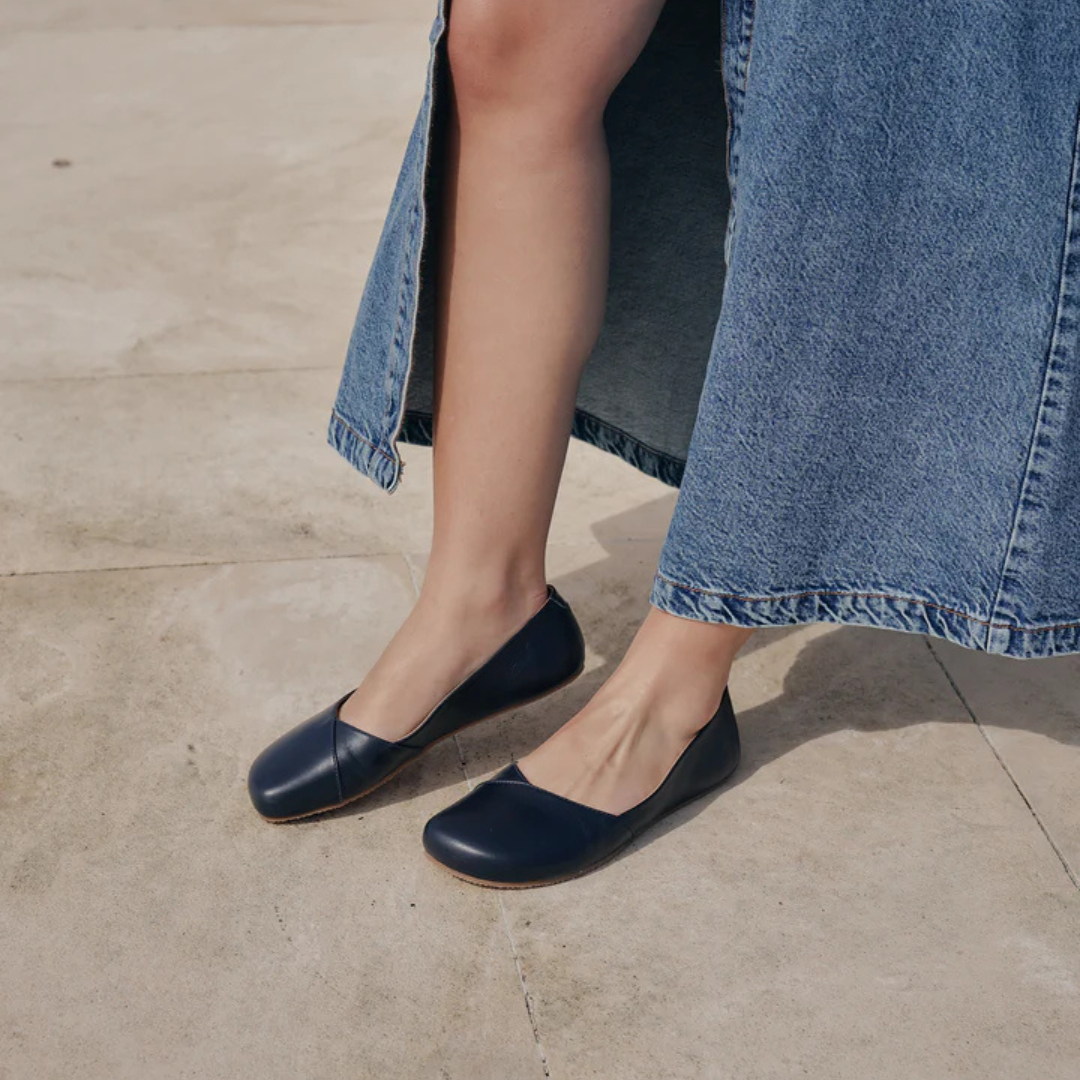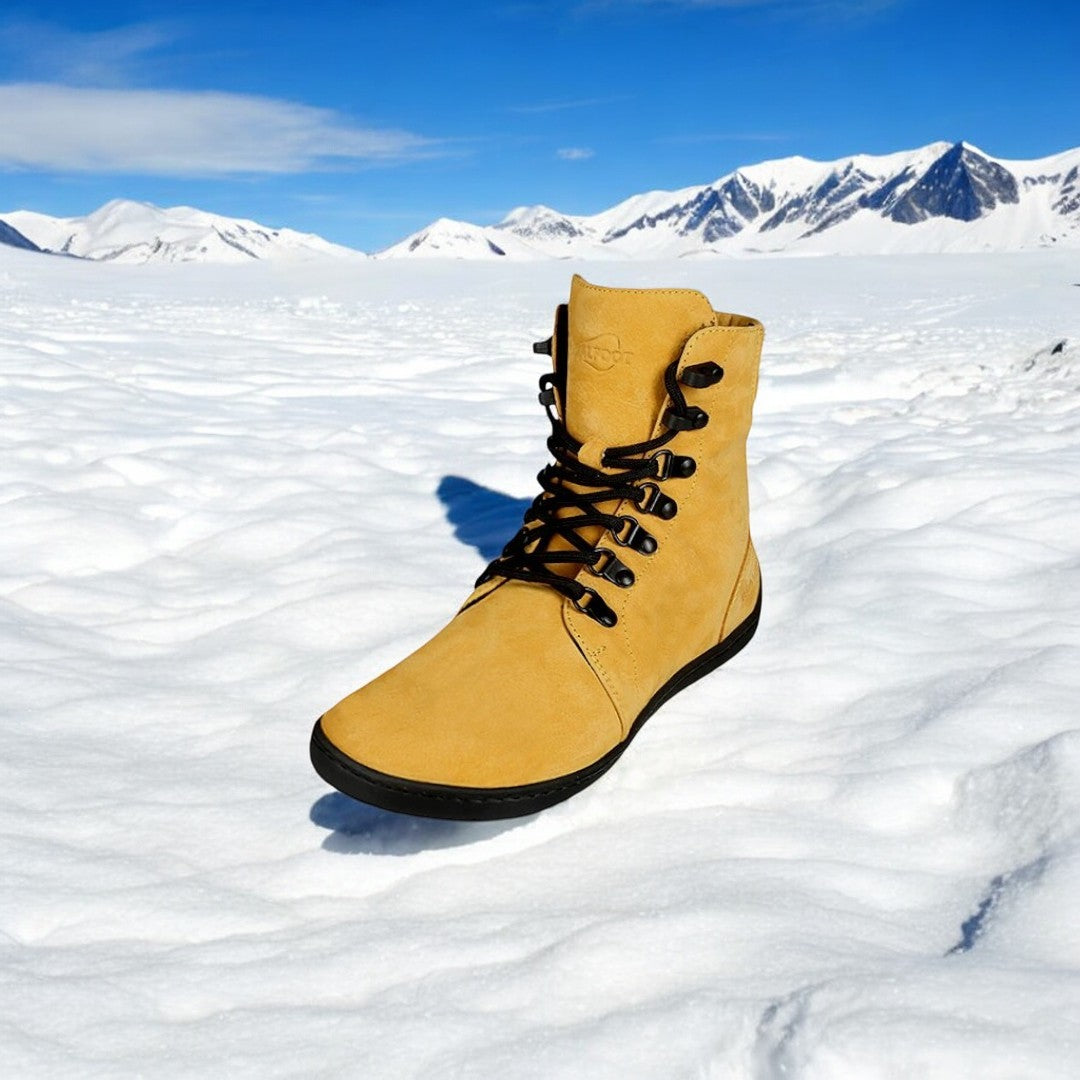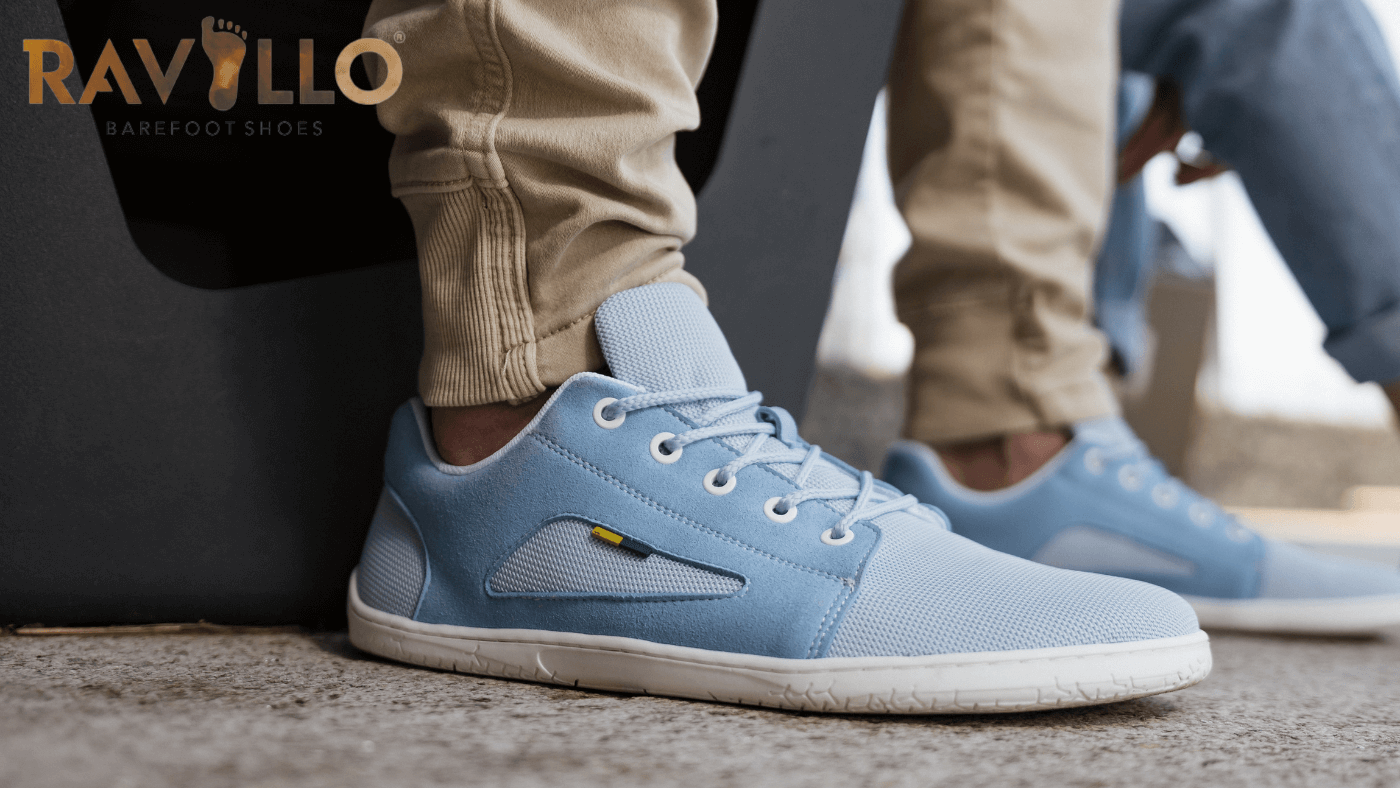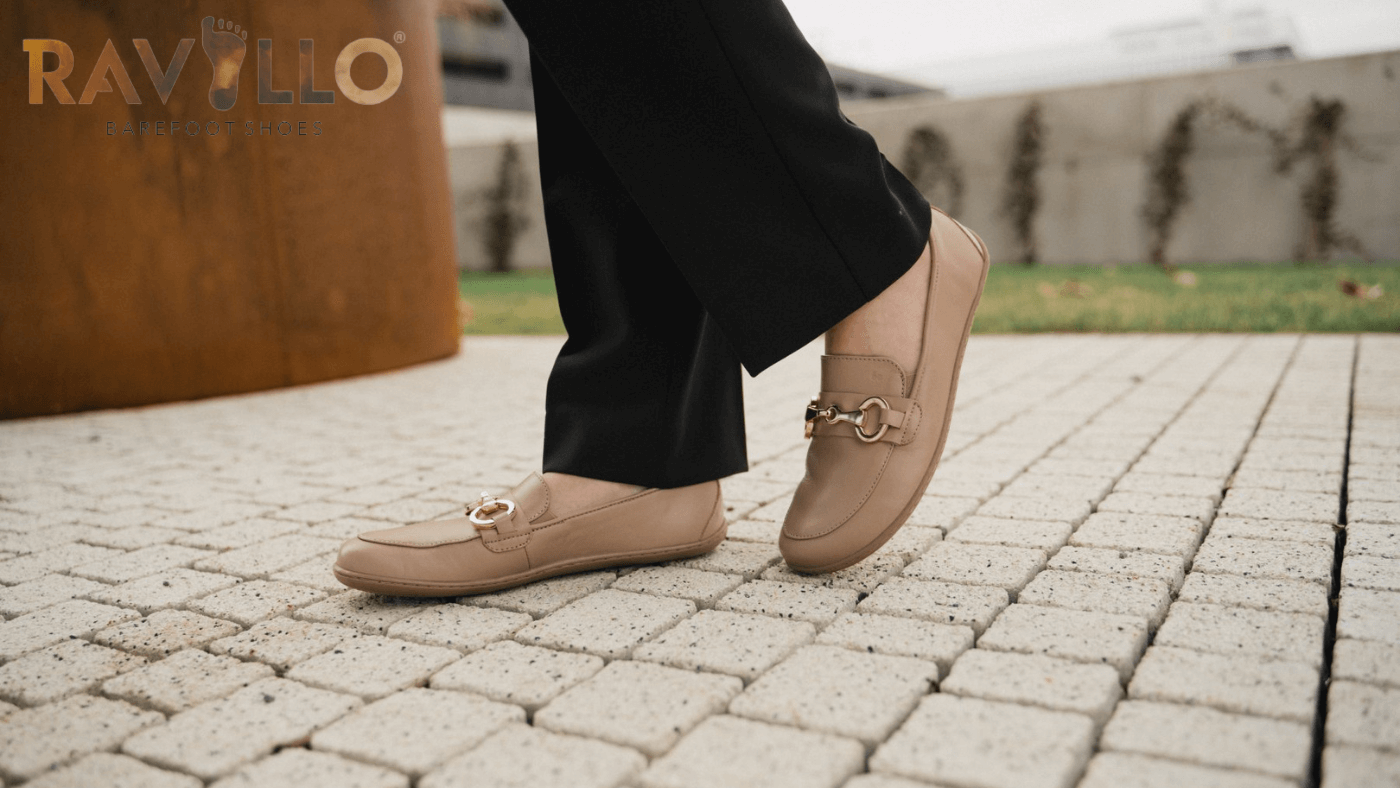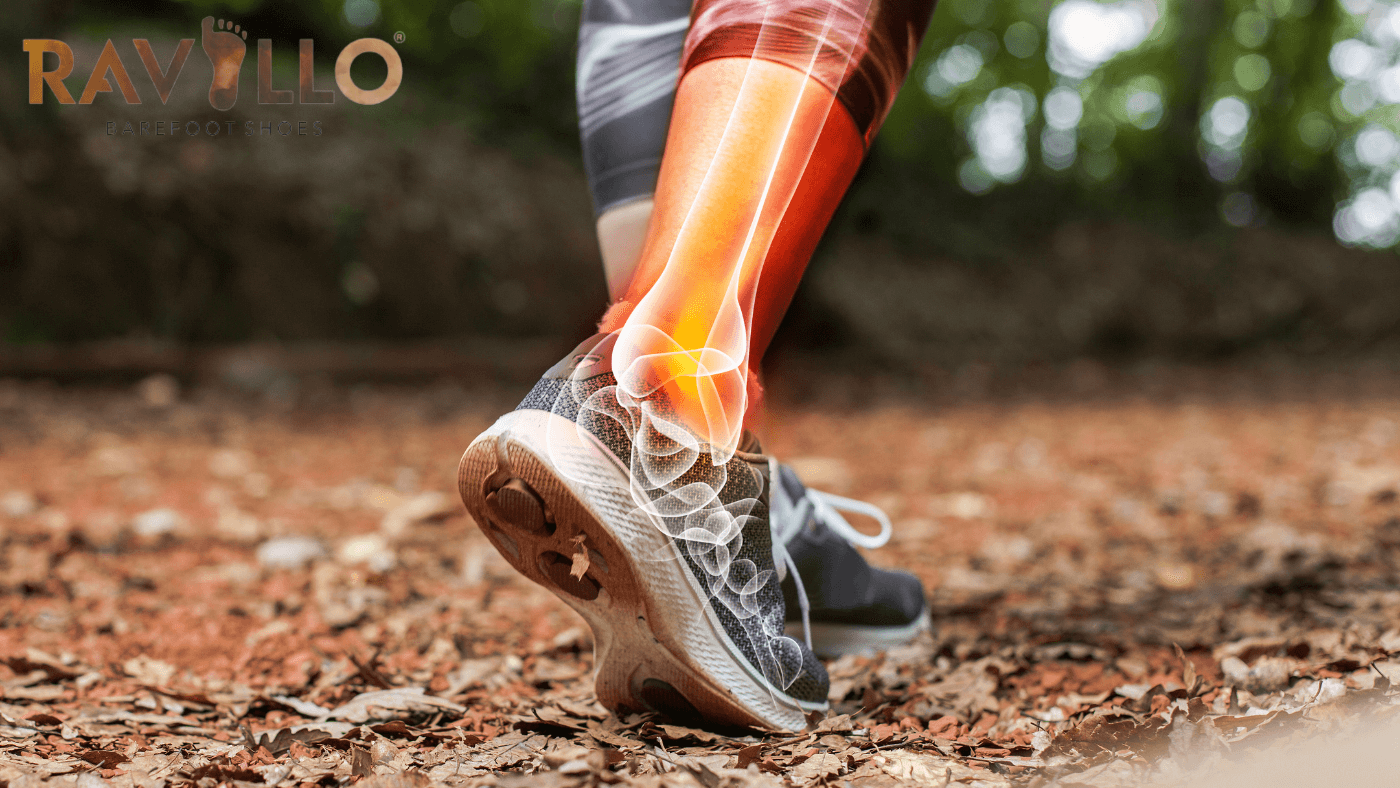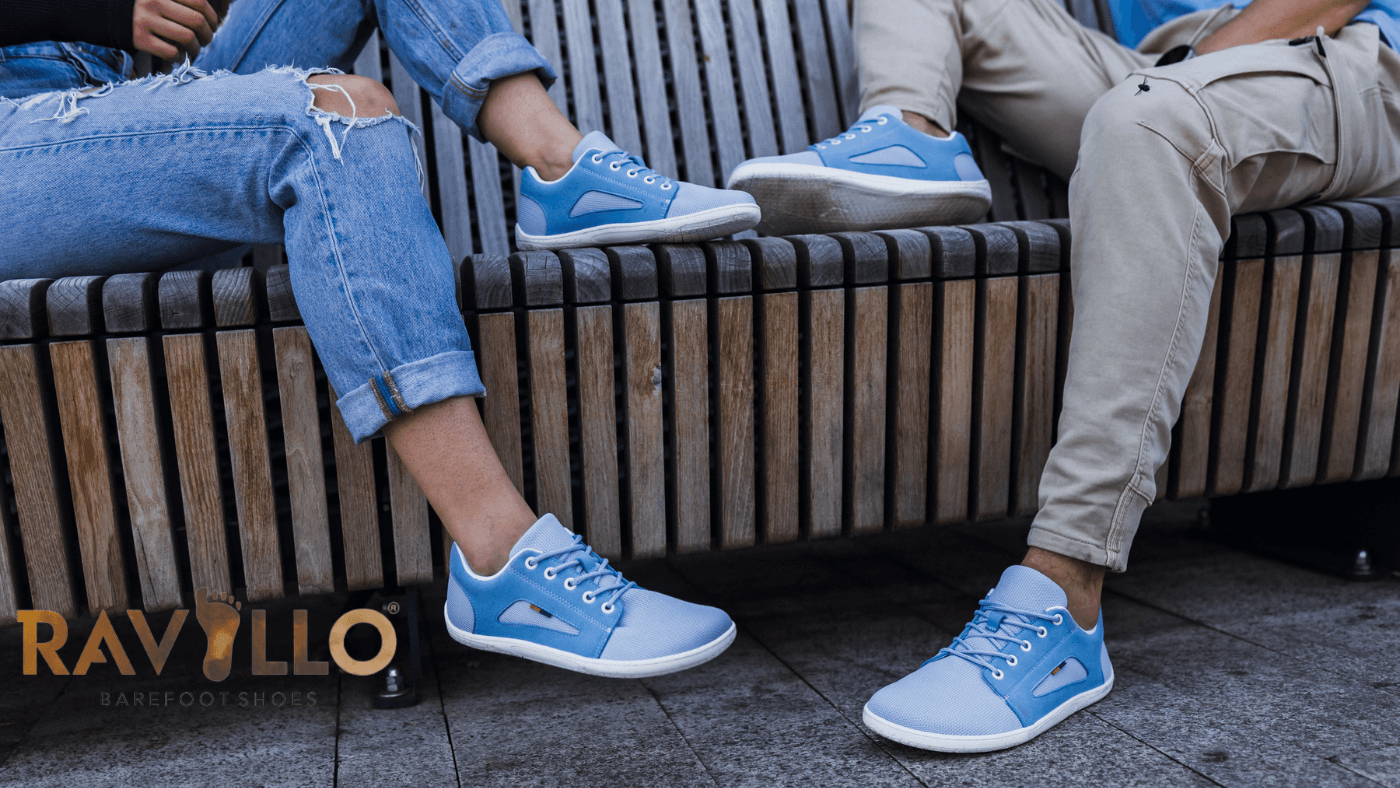Why Barefoot Shoes Are the Game-Changer Your Feet Have Been Waiting For
There’s a growing movement of people ditching traditional sneakers for barefoot shoes. And for good reason. Did you know that nearly 25% of your body’s bones are in your feet? That’s right, and they’ve been working overtime to compensate for the rigid, over-cushioned footwear we’ve all been conditioned to wear. It’s time to rethink what we put on our feet.
Barefoot shoes are designed to let your feet move as nature intended—freely and without restrictions. They promote better balance, improved posture, and a stronger connection to the ground. Sounds too good to be true? It’s not. In this article, I’m going to walk you through how these minimalist shoes can have a profound effect on everything from your foot health to your overall mobility. No fluff, just the actionable information you need to make an informed decision.
Let’s dig in.
What Are Barefoot Shoes?
Also known as minimalist footwear, barefoot shoes mimic the feeling of walking naturally. Unlike conventional shoes, which often have thick soles and extra support, these minimalist designs come with a thin, flexible sole that allows your feet to move naturally. Think of them as a second skin for your feet.
There are a few key characteristics that set barefoot shoes apart:
- Zero Drop: The heel and toe are the same distance from the ground, encouraging a natural posture.
- Wide Toe Box: Your toes can spread out naturally, improving stability and comfort.
- Thin Sole: This allows you to feel the ground beneath you, enhancing your balance and awareness.
- Flexibility: These shoes bend and flex with your foot, unlike traditional options that are often rigid.
The Benefits of Barefoot Footwear
So why should you care about these minimalist shoes? It’s simple: they offer a range of benefits that can improve not just your foot health but your entire body’s well-being. Let’s break it down.
1. Strengthens Foot Muscles
Most of us have spent our lives wearing shoes that cushion our feet and, in turn, weaken them. Over time, this leads to underdeveloped muscles, and we become dependent on arch support or extra padding. Barefoot shoes, however, allow your feet to work as they’re meant to, strengthening the muscles, ligaments, and tendons.
Imagine if you always wore gloves, never letting your hands fully move. Your hands would lose their dexterity and strength. It’s the same with your feet. By letting your feet move naturally, minimalist shoes can help reverse muscle atrophy, making your feet stronger over time.
2. Improves Balance and Posture
Shoes with thick soles or elevated heels alter your natural posture. When you wear minimalist footwear, your body doesn’t need to compensate for these imbalances, which leads to better posture and alignment. Over time, this can mean fewer aches and pains, especially in the back, hips, and knees.
But that’s not all. The thin soles allow you to feel the ground, improving your balance. Your feet act like sensors, sending information to your brain about the terrain. This heightened awareness helps you navigate uneven surfaces more effectively.
3. Promotes Natural Movement
Barefoot shoes encourage a natural gait. Instead of landing heavily on your heel, which is common with cushioned footwear, you’re more likely to land on your midfoot or forefoot. This natural stride reduces the impact on your joints, helping to prevent injuries over time. It’s a more efficient and safer way to move.
The Barefoot Transition: What to Expect
Before you rush out and buy a pair, there’s something important to keep in mind: transitioning to minimalist footwear takes time. If you’ve been wearing conventional shoes your whole life, your feet aren’t used to this newfound freedom. Jumping in too quickly can lead to soreness, or worse, injury.
Here’s how you can ease into minimalist shoes:
- Start Slow: Wear your new shoes for short periods, gradually increasing the time as your feet adjust.
- Strengthen Your Feet: Incorporate foot-strengthening exercises into your routine, like toe curls, calf raises, and arch lifts. This will help prepare your muscles for the transition.
- Choose the Right Terrain: Begin by walking on soft, forgiving surfaces like grass or dirt before moving on to harder surfaces like concrete.
- Listen to Your Body: If you experience pain (not to be confused with soreness), take a step back and give your feet more time to adjust.
Common Misconceptions About Minimalist Shoes
These shoes have gained a lot of attention, but there are also misconceptions that may make people hesitant to try them. Let’s debunk a few myths.
Myth 1: Barefoot Shoes Have No Support
Yes, barefoot-style shoes lack traditional arch support and thick soles, but that’s the point. Your feet don’t need artificial support if they’re strong and healthy. By strengthening your foot muscles, these shoes provide the long-term support your feet need naturally.
Myth 2: They’re Only for Running
While they gained popularity among runners after the release of books like Born to Run, these shoes aren’t just for athletes. Anyone can benefit from them in daily life, whether you’re walking, hiking, or just standing for long periods. They can be worn for nearly any activity.
Myth 3: Transitioning Will Hurt
It’s true that transitioning too quickly can lead to discomfort, but if you take it slow and listen to your body, the process will be pain-free. Soreness is natural as your muscles adapt, but pain is not. Don’t rush the transition, and you’ll reap the benefits.
How to Choose the Right Pair of Minimalist Shoes
Not all barefoot-style shoes are created equal. Here’s what to look for when choosing the best pair for your needs:
- Fit: They should have a wide toe box and allow your toes to spread naturally.
- Flexibility: Look for a shoe that bends easily and mimics the movement of your foot.
- Sole Thickness: Some have slightly thicker soles, which may be more comfortable for beginners. Over time, you can opt for thinner soles as your feet adjust.
- Purpose: Consider what you’ll use them for. Some are designed for running, while others are better for walking or casual wear.
Conclusion: Is It Time to Make the Switch?
Barefoot-style shoes aren’t just a trend—they’re a return to how our bodies were designed to move. They can strengthen your feet, improve your balance and posture, and promote a more natural gait. Yes, they take some getting used to, but the long-term benefits are worth it. Whether you’re a runner looking to improve your stride or someone who spends long hours on their feet, minimalist shoes can make a world of difference.
So, what are you waiting for? Take a step—literally—in the right direction and give your feet the freedom they deserve. Your body will thank you.



